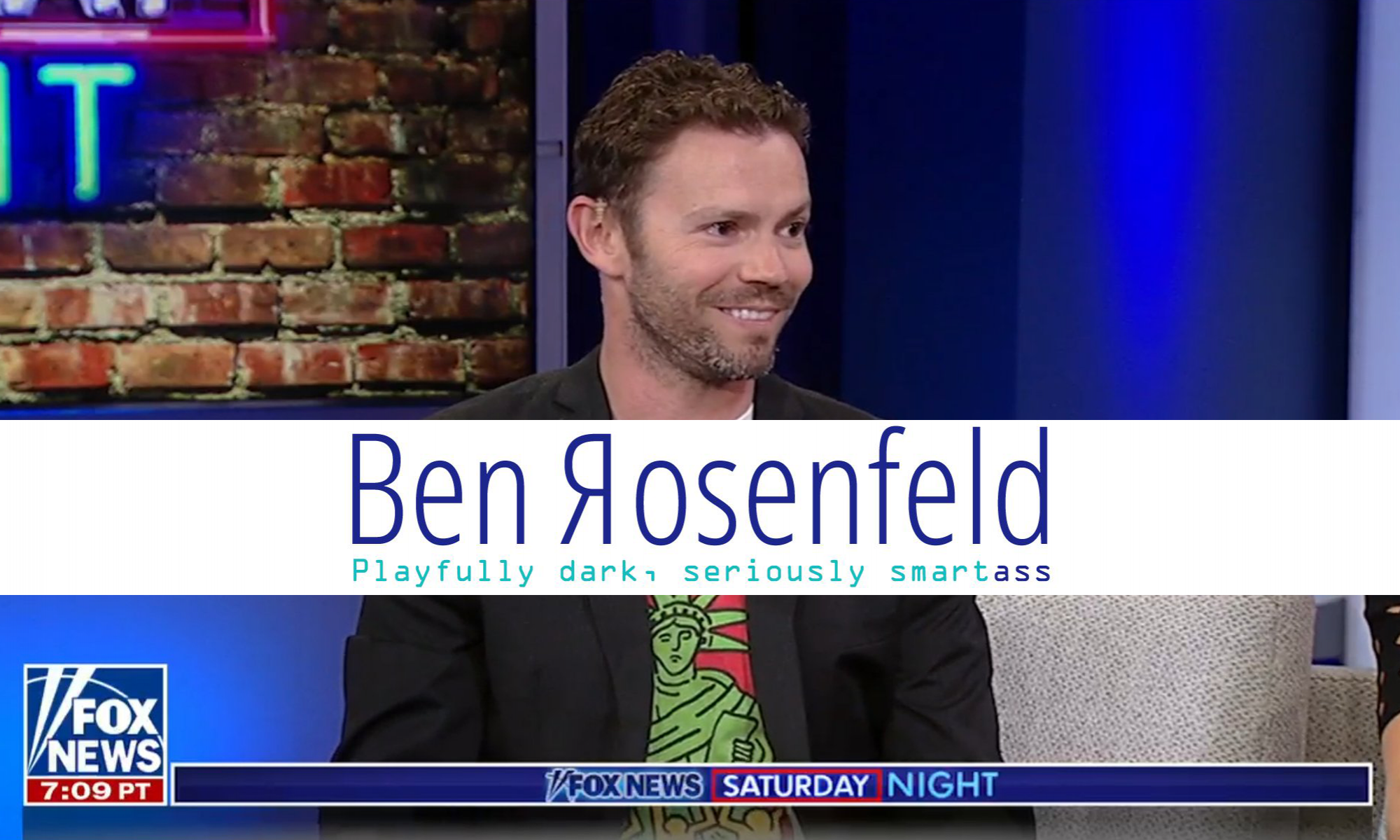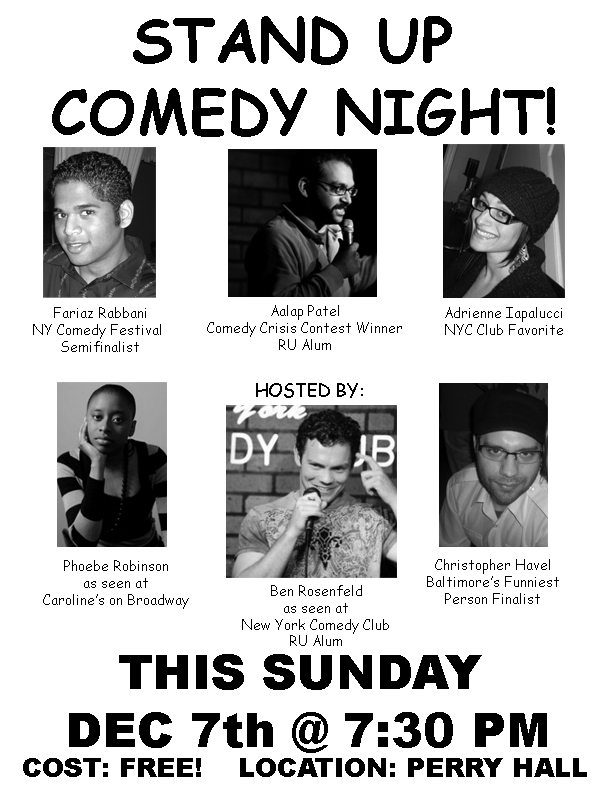People are always curious how a comedian gets onto any given show, especially a newer comedian. The three main types of ways for getting on stage as a new comedian are:
Bringer shows
What is it: Each comedian has to bring X number of people (between 2 and 15 at most places) who are willing to pay a cover charge, order at least 2 drinks and listen to a lot of different comedians, a good amount of whom are not that funny. There are usually a couple of professionals in this kind of show to ensure that the audience gets at least some laughs.
Pros: You get a real live audience, and since part of the audience knows you, they’re more likely to laugh at your jokes, which may help the people who don’t know you to start laughing as well, that whole laughter is contagious thing.
Cons: You run out of people to invite to shows really quick, the audience can be too supportive to the point that you don’t learn what’s truly funny, and you end up stressing about all your people showing up instead of concentrating on your act.
Barking for a Spot
What is it: You stand outside of the club, usually on a busy foot traffic corner, trying to stop people, hand out fliers and convince them to come watch stand up. You usually stand outside or “bark” for 1-3 hours in exchange for 5-10 minutes of stage time.
Pros: You don’t have to stress about bringing people, most clubs will pay a couple of bucks for each person you successfully convince to come to the show, the audience doesn’t know you so the laughter is genuine, and you learn cold calling skills, which can be useful at winning over a tough crowd (and lots of other situations).
Cons: You have to stand outside for 2-3 hours, you get rejected 99% of the time (although learning not to take rejection personally is good), and if the club has more than one show that night, you’re outside the entire time except for when you perform, so you can’t learn from / listen to other comedians.
Open Mic:
What is it: You pay $5 for five minutes of stage time. Some places say you just need to buy a drink instead, and most cities outside of New York / LA / Chicago don’t charge you money to get on stage. Actual stage time ranges from 3 minutes to 8 minutes depending on club.)
Pros: Anyone can get stage time and if you plan it out, you can do 2-3 mics a night (in NYC at least).
Cons: Anyone can get stage time. You know those guys that weren’t funny at the bringer show? Well they’re better than many of the people at the open mics (this varies from city to city though). Also, in NYC the only people that come to watch open mics are other comedians, who are not very helpful when you’re trying to learn what a real audience will find funny.
Wanna try stand-up comedy yourself? Consider taking my NYC Comedy Class or booking a private one-on-one comedy coaching session (in person or via Zoom)
More Stand-Up Comedy Tips:


